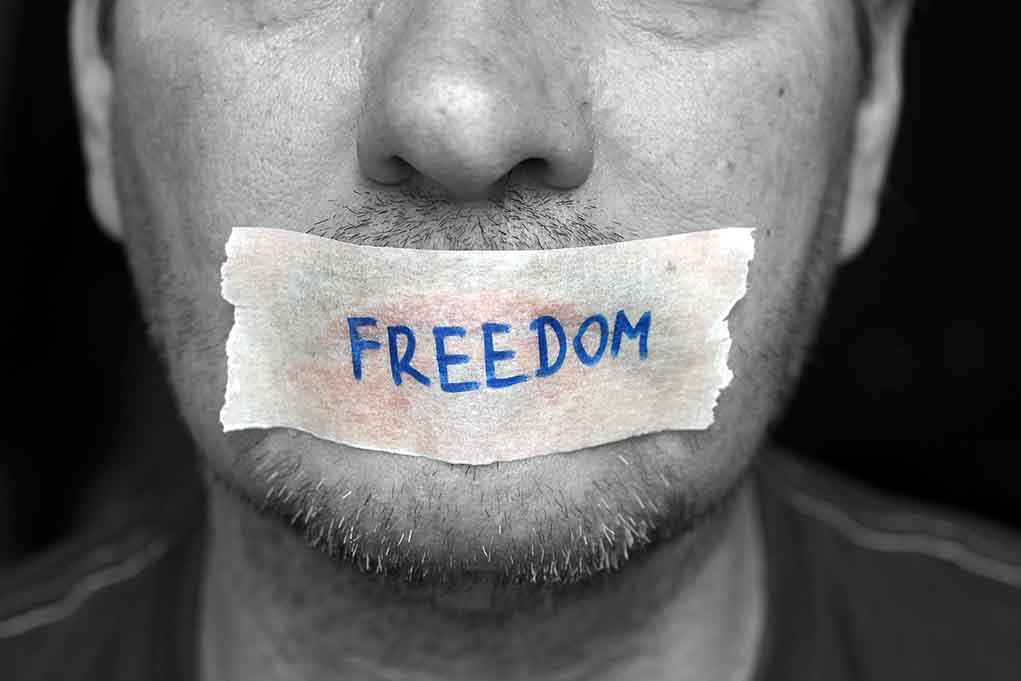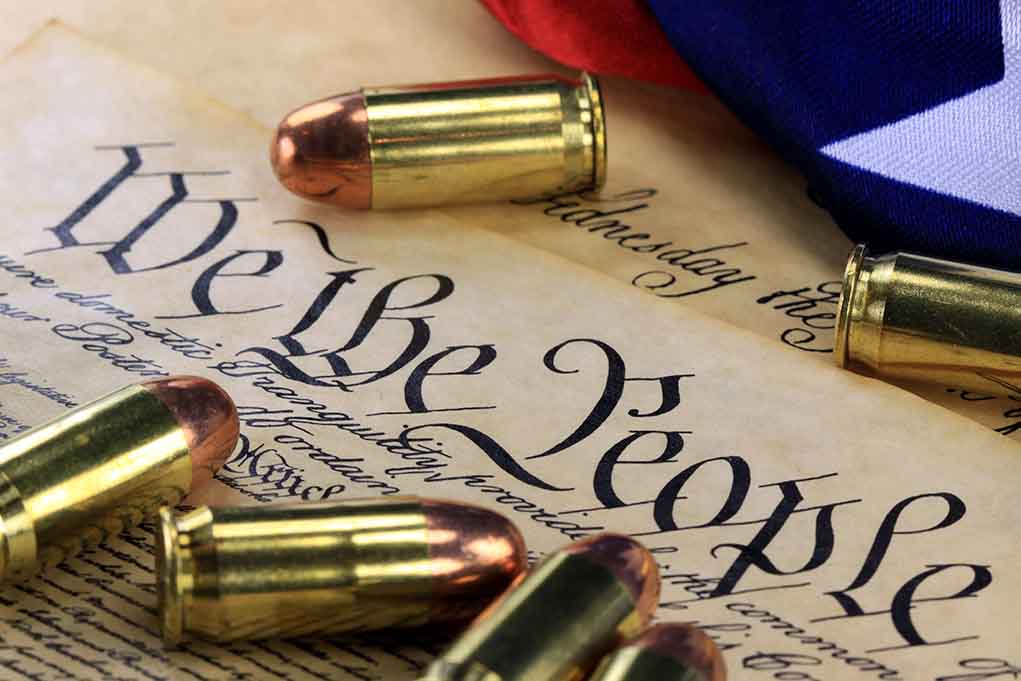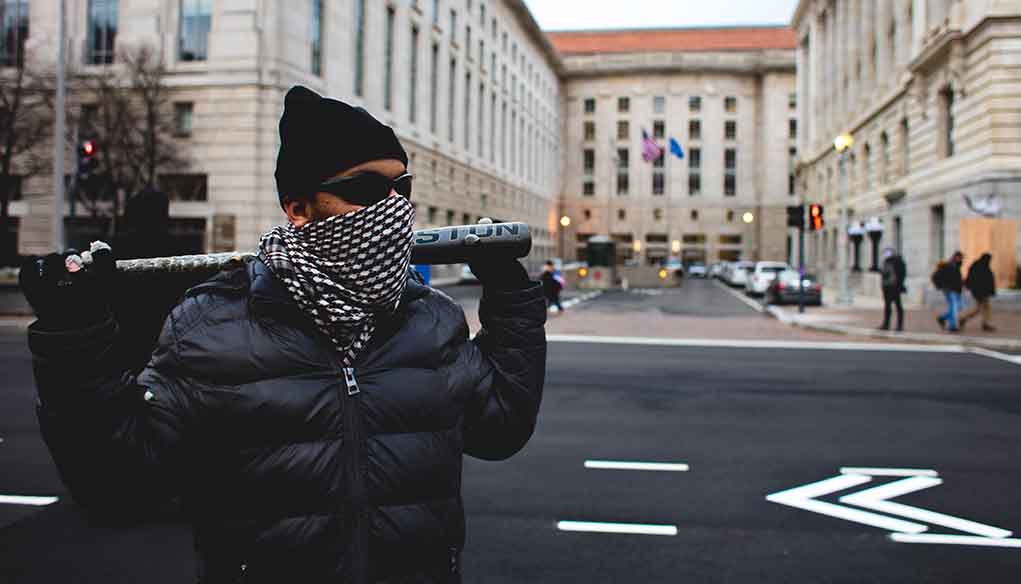
Free Speech Is NOT Dead — How The 1st Amendment Protects You
(NRPI.org) – The First Amendment of the United States Constitution was the foundation of the Bill of Rights. As such, this amendment has been instrumental in furthering American democracy.
In this guide, we explore the First Amendment and the rights contained therein: the freedom of religion, speech, press, and assembly, as well as the right to petition.
The History of the First Amendment
The First Amendment’s timeline dates back to the 18th century, when James Madison took part in drafting the Bill of Rights. The Bill of Rights contains the first ten amendments and dictates Americans’ rights vis-à-vis their government. Examples of some rights provided for are the freedom of religion, speech, and the press.
In 1979, Madison created and presented 12 amendments to Congress. Out of these amendments, ten were eventually adopted and became what is now known as the Bill of Rights.
We cover the rights contained in the First Amendment below.
The Rights in the First Amendment
The First Amendment provides for the freedom of religion, speech, press, and assembly, as well as the right to petition.
Freedom of Religion
This clause prohibits Congress from creating laws that demean any religion or prevent people from practicing their religion of choice. The government cannot promote one religion over any other, interfere with the right to worship, or create a national religion.
Freedom of Speech
Freedom of speech gives Americans the right to speak or write without worrying about government interference or restraint. Freedom of speech is closely connected to freedom of the press, as both make up “the freedom of expression.”
In legal circles, the Supreme Court often expects the government to justify why a certain individual’s right to free speech has been curtailed. This is important because the government cannot prosecute Americans for speaking or writing truthful opinions or statements.
Freedom of the Press
The freedom of the press provides the right to circulate opinions or disseminate news reports without government censorship. This right allows the media to keep the government accountable for its actions or inactions. When the media becomes a watchdog, it becomes easier for Americans to learn about government transgressions.
Freedom of Assembly
The government cannot prevent Americans from protesting or gathering for a common cause. Also closely related to the freedom of speech, the freedom of assembly clause was developed out of the need to oppose British rule in the 18th century.
Right to Petition
Finally, the right to petition states that Americans can appeal to the government regarding favorable or unfavorable policies. For example, people can gather signatures for a common cause, such as lobbying the legislature to pass certain legislation.
Fundamentally, Americans have the freedom to present their requests to the government without fear of reprisal.
It is vital to note that this right already existed in the Magna Carta by 1215, although the Declaration of Independence also retaliated the same. The right to petition as per the Magna Carta focused on the privileged minority.
After it became part of the United States constitution’s Bill of Rights, the focus changed to protect all Americans. Today, any American can seek change by lobbying others toward specific government action.
The First Amendment to the United States Constitution contains the freedom of religion, speech, press, and assembly, as well as the right to petition. It protects Americans’ fundamental rights of conscience, meaning that people can act or fail to act without the fear of punishment or government interference.
Since the First Amendment provided the basis for the Bill of Rights, it can be seen as the foundation for the many rights and freedoms Americans enjoy today.
Copyright 2022, NRPI.org














